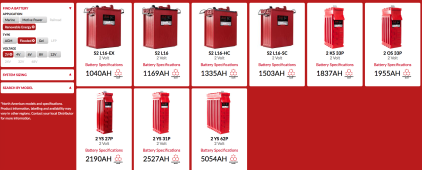copec
Solar Enthusiast
- Joined
- Jan 23, 2021
- Messages
- 335
I'm going through the process of making my system legal and have been running a Deye hybrid inverter for a couple of years with my Nissan Leaf based battery, preliminary talk gave me the impression they probably wouldn't be okay with the battery even though we are IRC 2015 and NEC 2017, so I want to just get some lead-acid chemistry to act mostly in a grid outage.
It would be interesting to use 2V cells, then I could play with my Nuvation managing them and one of my JK balancers across 24 cells, but people buying smaller 2V lead-acid deep cycle individual cells doesn't seem to be a thing
After I pass and get inspected and stuff I'll parallel up my second Deye and switch to a new battery array, but that'll be a bit while I work on it.
Is there a way to access each cell's terminals in some brands of AGMs?
It would be interesting to use 2V cells, then I could play with my Nuvation managing them and one of my JK balancers across 24 cells, but people buying smaller 2V lead-acid deep cycle individual cells doesn't seem to be a thing
After I pass and get inspected and stuff I'll parallel up my second Deye and switch to a new battery array, but that'll be a bit while I work on it.
Is there a way to access each cell's terminals in some brands of AGMs?



